After being in the 4WD industry as long as I have you get to see some pretty dopey stuff, products sold or techniques espoused that might as well be categorized under the umbrella of snake-oil and come with zero or spurious benefits, so here are my Top Ten 4WD Hates.
BTW there’s more, but this will do for now…
Nudge Bars#1
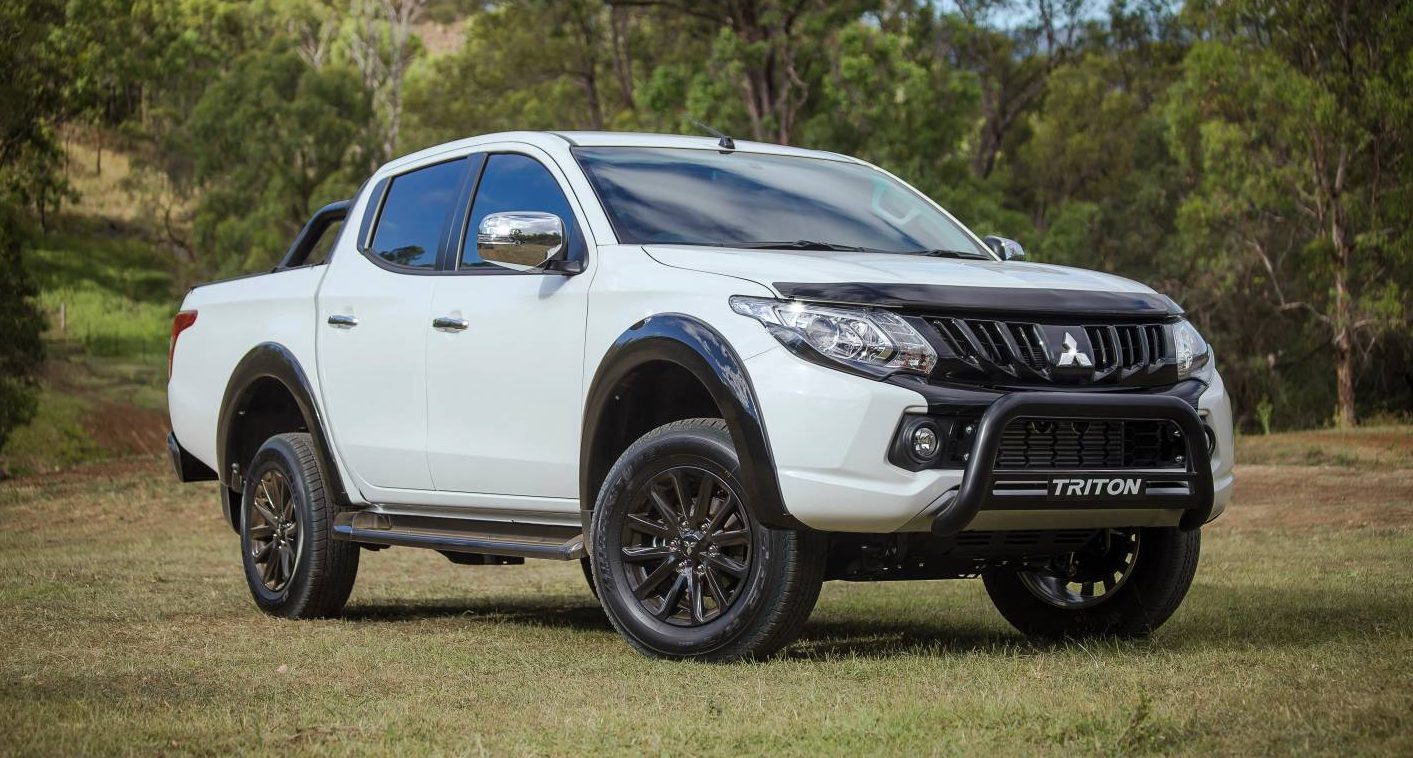
If you’ve just bought a new 4WD the deal you’ve likely struck has left precious little profit for the dealership, unless you paid full retail and no-one does that. So the salesperson will be keen as mustard to load the deal up with extras. Their commission relies on it, so be ready for the assault on your wallet. The first trinket trotted out will be a nudge bar.
Now these things to me look more like an admission that your manhood is in doubt and you want to project an image that your package is substantial, but sadly it’ll miss the mark and drop you into the category of the misinformed. A nudge bar will affect your 4WD’s ability by compromising the approach angle of the vehicle in the rough stuff and before long that shiny piece of aluminium will be scarred for life and looking non-too pretty.
Additionally in a prang you can likely expect it to do more damage than if it wasn’t there, as most have very flimsy installation points with zero triangulation for bracing. If you bought the nudge bar to make an easy install for a light bar or UHF antenna, think again. Because of the poor mounting the thing will vibrate worse than Clive Palmer’s belly whilst working a Wacker. The light ahead will be a shimmering mirage that’ll mess with your eyes and before long the UHF antenna will fatigue and break.
Paint and Fabric Protection #2
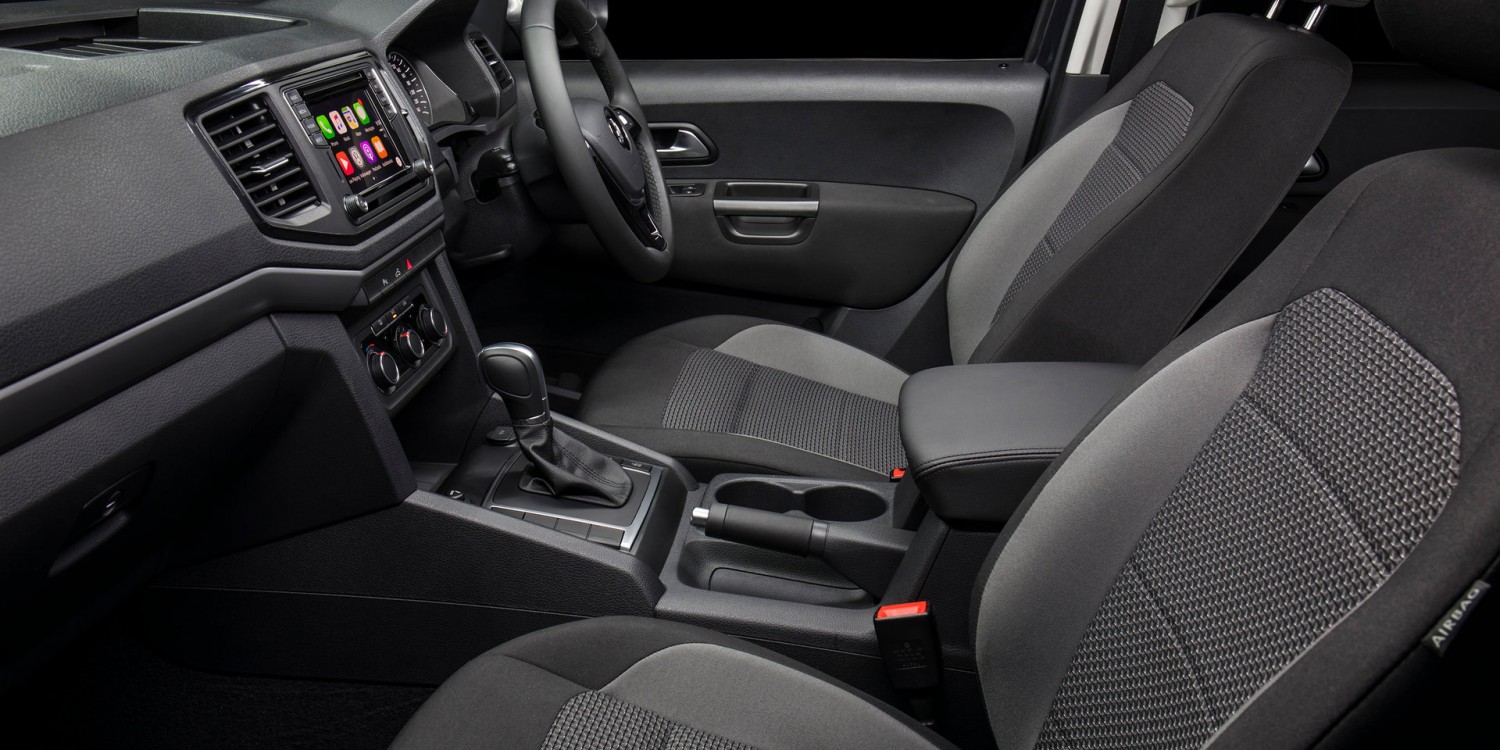
Taking the lead of the nudge bar, paint and fabric protection are a waste of time and in fact you might as well add rust protection to the list (unless you plan on keeping the car forever).
If you have any aspirations of going bush you’ll have to suck up the occasional contact with scrub lining the trackside and those leaves and twigs will leave drag marks on your clear-coat. Fear not. When the time comes to sell on the vehicle, or at annual junctures, take the car to a paint shop and get them to polish it up.
The dealer-installed “protection” in pre-delivery, will be nothing more than a rub over with some goo and polished to a sheen (the same sheen that would have ordinarily existed on the day you picked up the vehicle). As for the seats, anyone can get out a can of fabric protector!
Extended Dealer Warranties #3
Now I’ve used extended factory warranties in the past and to good effect, saving thousands on running repairs once the 100,000kms mark was passed, but dealer warranties are so rolled up in caveats they aren’t likely to be worth the paper they’re written on. There might even be an excess too in the event of a big claim and if the motor’s gone bang it’ll be repaired at the cheapest possible outlay for the issuer of the document.
Bonnet protectors #4
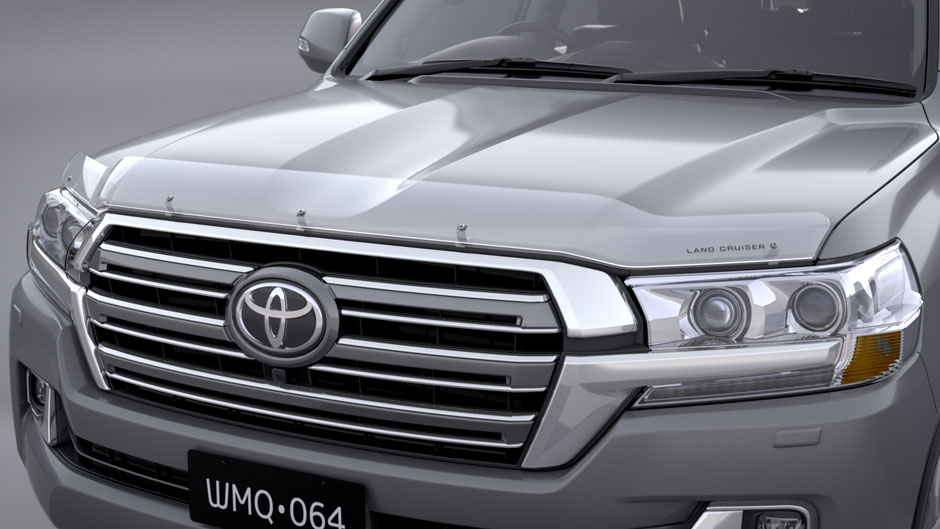
You’ve seen those acrylic lips attached to the leading edge of a bonnet haven’t you, the same ones that upset the air flow going into the bug-catcher that feeds cold air into your pancake intercooler?
Stopping the odd chip of paint on your bonnet it will, but I’ve rarely had that as an issue on any of my vehicles in the last thirty years. What I do see though is the performance of an intercooled turbo-diesel affected by a disruption of the air flow over the bonnet and into the intercooler, robbing it of a chance to develop a colder, denser more oxygenated gulp at combustion.
Sidesteps #5

Yes I know the vertically-challenged members of our 4WD brethren need them to climb up into the cab, but factory installed steps are crap. Made out of aluminium, plastic and a lick of paint, these things are fragile with a capital F! Contact a rock, roll over a peak and grind-out on the crest (and you will because they cost ramp-over angle) and see what I mean, bent out of shape or broken and likely left you stuck. Hate them!
Passenger Car Tyres #6
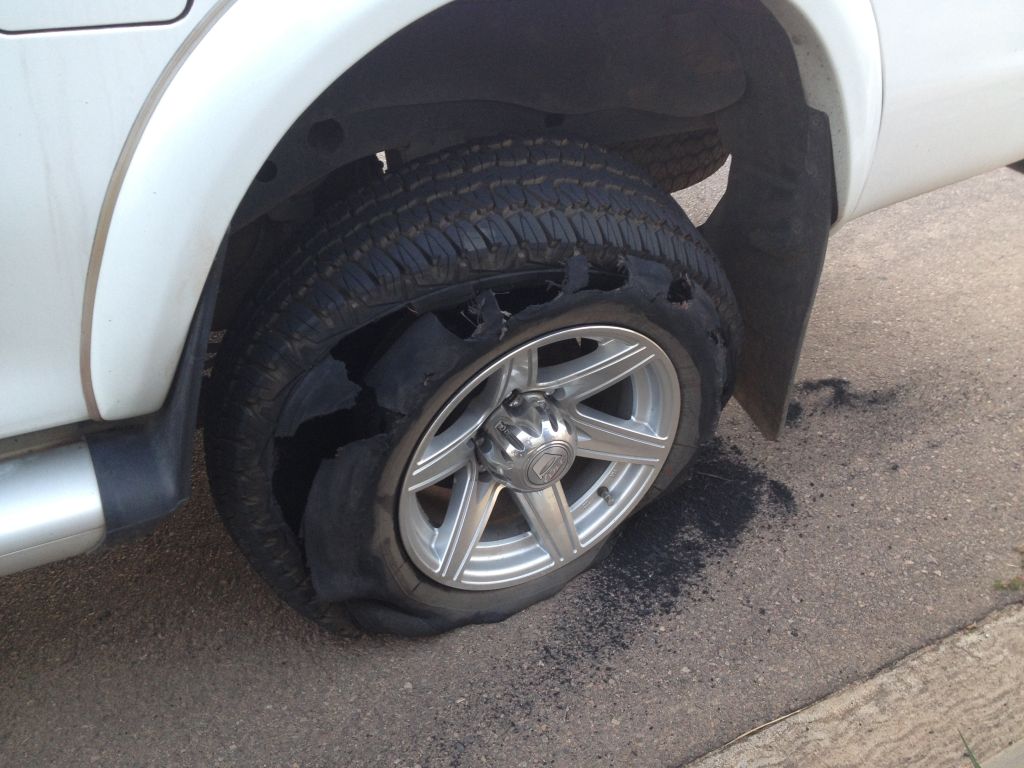
Ninety percent of 4WD owners don’t go bush. That translates into 4WDs locked in an urban environment where soft, quiet and comfortable are the required norm. Sadly for the ten percenters, those tyres are rubbish for anything other than maybe a beach and even then they may struggle.
If you are going to carry a load (tradies), tow something (all you caravanners) or go 4WDing (the rest of us), the solution will be a light-truck tyre. With 13mm instead of 9mm tread depth and a heaps-stronger carcase, you’ll likely go double the distance and with fewer or no punctures, if you get into the habit of letting air out on the right surfaces.
When you buy those light-truck tyres look beyond the brand name and zero in on the load index. That’s the number after the size – LT265/75R16 123. A 123 tyre carries 1,550kgs. The stock tyre on your 4WD was likely 110 or 1,060kgs, so aim for anything with a 120 (1,400kgs) or greater load index. Then you’re getting something with some substance, a 40% or more improvement and that’s worth having.
Over-inflation #7

It’s farcical that your franchised service-centre and then you, Mr or Mrs Owner, over-inflate your tyres and make them rock-hard! Have a look at your placard to find the correct pressure for your vehicle based on its weight and intended usage and you’ll likely find it’s around 30psi/200kPa.
The rears might go higher on some vehicles (utes) when you’re towing and the placard will tell you that based on the maker’s gross vehicle mass. So what does over-inflation do? How about prematurely wearing out the centres of your tyres? How about extending your braking distances? How about increasing your puncture potential? There are three reasons then not to do it.
Twin or Single Spare Wheel Carriers #8

Here’s a real sure sign that someone’s got absolutely no idea about selecting appropriate tyres and managing them correctly. I see these things in Government all the time. The bean counters controlling the purse strings or managing the fleets won’t allow a newly delivered vehicle to have its tyres replaced with a light-truck variant that’ll guarantee a positive result to their operating costs.
Instead they shell out thousands on the carrier, even more on one or more wheels and tyres (add the Toyota Tax for the genuine wheel and strangely OEM rubber costs more than a light-truck tyre, even though it lasts only half as long) and end up with a vehicle that is dangerous.
Placing all that extra weight, well-behind the back axle and up high, does nothing for oversteer and can contribute to a roll-over. If you’re running a ute with a twinnie, don’t say I didn’t tell you about the broken chassis that’s waiting for that first big trip with the corrugations and the repairs that won’t be covered under warranty.
Hi-Lift Jacks #9
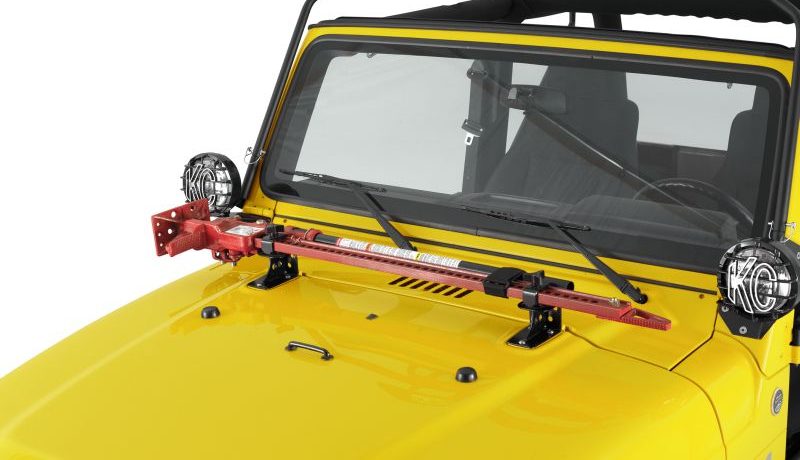
A relic from the golden age of dinosaurs, hi-lifts are dangerous and ill-equipped to work on a modern vehicle. For 4WDs that have steel bumpers (and that rubs out anything built after 1990) you might just be able to argue with me some merit, just.
Anything of late won’t have a surface to support the lifting tongue of a Hi-Lift, as plastic bumpers won’t support two tonnes of 4WD. OK so you’ve put a proper bulbar on your truck and it’s got slots to accommodate a Hi-Lift. Before you go bush and get bogged do a test lift in the car park back home.
It’ll be there that you discover that when you get the Hi-lift’s tongue to the top of its stem the wheels are still on the ground and you’ve achieved nought (other than a back injury or worse with the operation of the jack). Don’t even think about getting under a vehicle supported by a Hi-Lift. It might be the last thing you do.
Full-Length Roof Racks #10
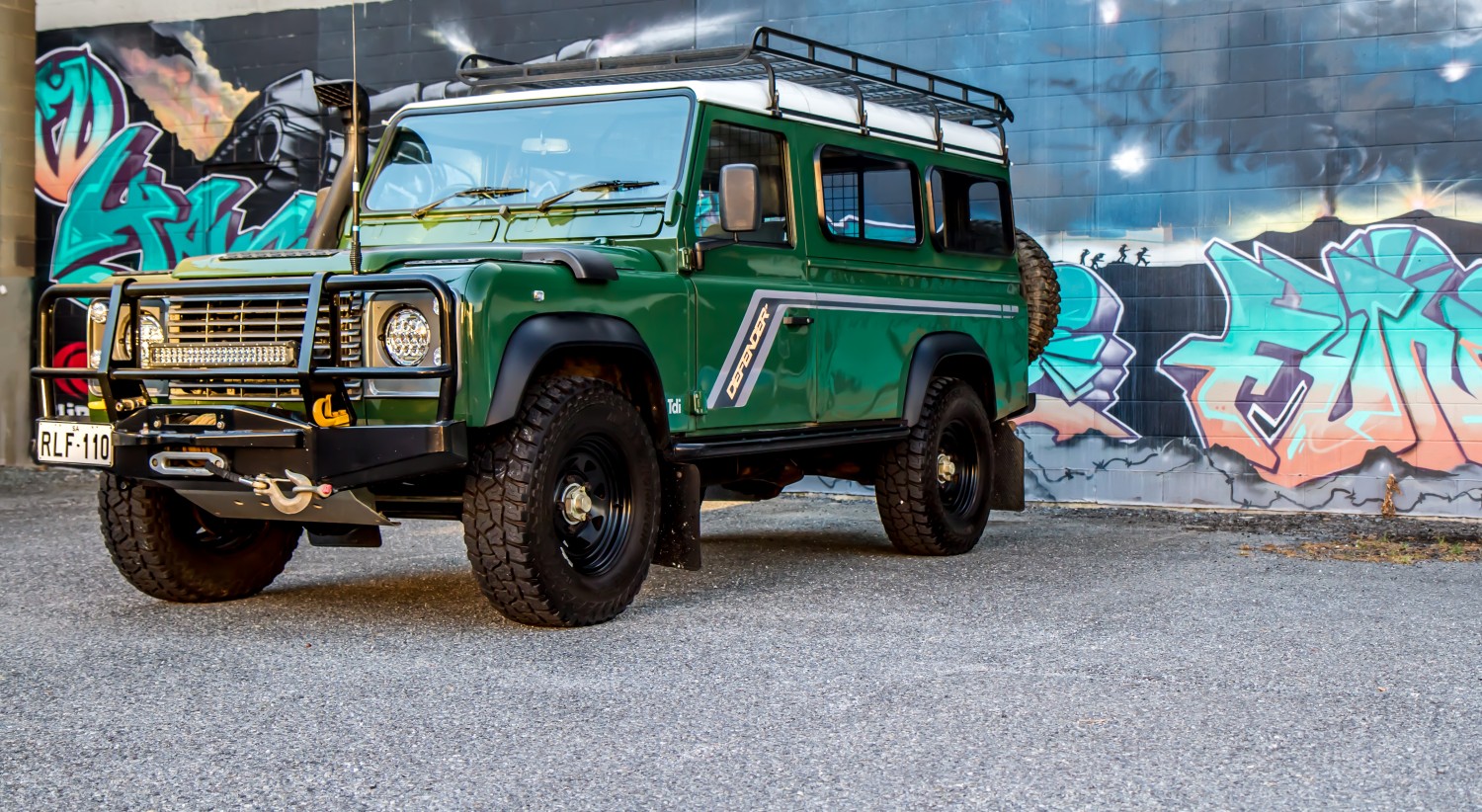
If you can’t get all your gear inside the 4WD you’ve probably packed too much stuff (exceptions in the case of a Jimny owner). Get a trailer if you must take everything and the kitchen sink and tow it behind you rather than carry it on top.
It’s much better to pare your holiday load down to the bone. You won’t need that extra set of tools, nor that complete set of camp ovens, nor that 60 litres of water or fuel. All you’re adding to the vehicle is a weight penalty and added risk.
I’ve seen Defenders and Troop Carriers with full-length racks carrying weights that the previous Governor of California couldn’t bench-press in a fit and doubly-troublesome when those objects are fuel cans and gas cylinders. If you want a rollover, go ahead and knock yourself out, put all the gear up there and feel that pendulum effect on the first corner, it’s scary stuff!
Watching rack legs fatigue and crash the rack onto the vehicle’s roof, or fatigue and crack the roof structure are baby problems compared to having tipped the whole thing upside down!





GIPHY App Key not set. Please check settings